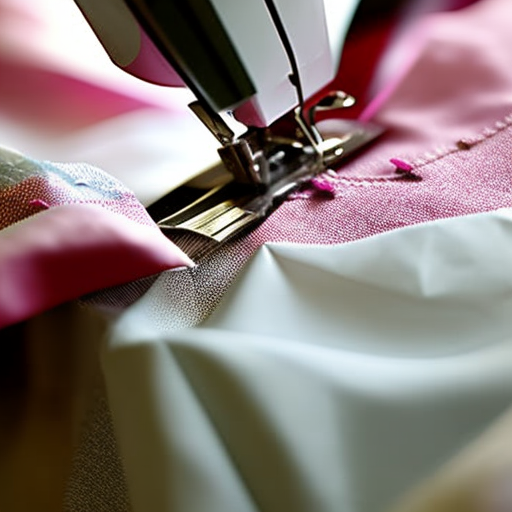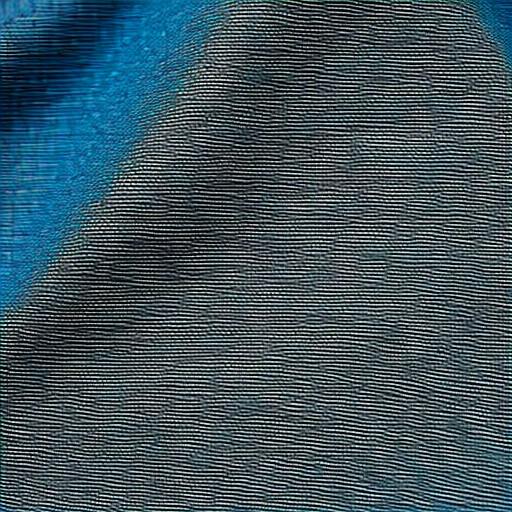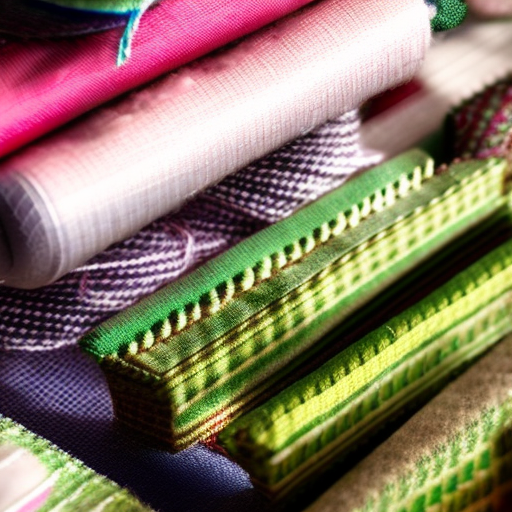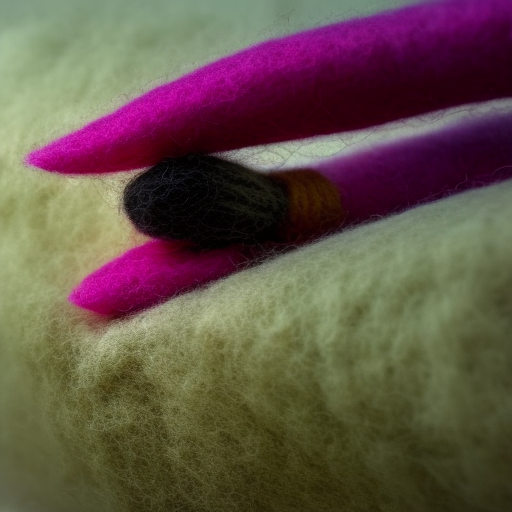
Introduction
Working with delicate fabrics in sewing can be an intimidating task. These fabrics require special care and techniques to ensure a successful outcome. Whether you’re sewing silk, chiffon, lace, or any other delicate material, this article will provide you with valuable tips and tricks to help you achieve beautiful and professional-looking results.
Tips for
- Use the right needle: When working with delicate fabrics, it’s crucial to select the appropriate needle. Choose a fine, sharp needle with a smaller size to avoid visible holes or snags. Silk and chiffon often require a size 70/10 or 60/8 needle, while lace may benefit from a 65/9 needle.
- Prevent shifting with tissue paper: If your fabric tends to slide around, place tissue paper or interfacing between the fabric layers. This will provide stability and prevent shifting during the sewing process.
- Opt for lightweight threads: Use lightweight threads such as silk thread or fine cotton thread to minimize bulk and maintain the delicate nature of the fabric.
- Experiment with stitch settings: Test your machine’s stitch settings on a scrap fabric before starting your project. Delicate fabrics might require adjustments in tension, stitch length, or using a smaller stitch, such as a straight stitch or a delicate zigzag stitch.
- Invest in a quality presser foot: A roller presser foot or a Teflon-coated presser foot can make a significant difference when sewing delicate fabrics. These presser feet help the fabric glide smoothly under the needle, preventing it from getting caught in the feed dogs.
Finishing Techniques
Proper finishing techniques are essential to maintain the delicate nature of the fabric and ensure longevity.
- Use French seams: French seams provide a clean and professional finish, enclosing the raw edges within the seam. This technique is ideal for delicate fabrics as it prevents fraying.
- Consider hand-rolled hems: Hand-rolled hems add an elegant touch when working with lightweight and delicate fabrics like silk. They can be time-consuming, but the result is well worth the effort.
- Invest in quality pinking shears: Pinking shears create a zigzag edge that helps to prevent fraying in delicate fabrics. Use them to trim seams or unfinished fabric edges before stitching.
Conclusion
Sewing delicate fabrics can be a rewarding experience when armed with the right knowledge and tools. Practice your technique on scrap fabrics before tackling your main project, and don’t be afraid to experiment and learn from your mistakes. With patience and attention to detail, you’ll soon master the art of sewing delicate fabrics and create stunning garments that showcase their beauty.





Sewing is such a fun and creative hobby!
Mandy Andrews: Definitely need patience for delicate fabrics, but the result is worth it!
Absolutely! Delicate fabrics can be challenging to sew but the reward of a beautiful garment is unparalleled. It’s amazing what you can create with your hands.